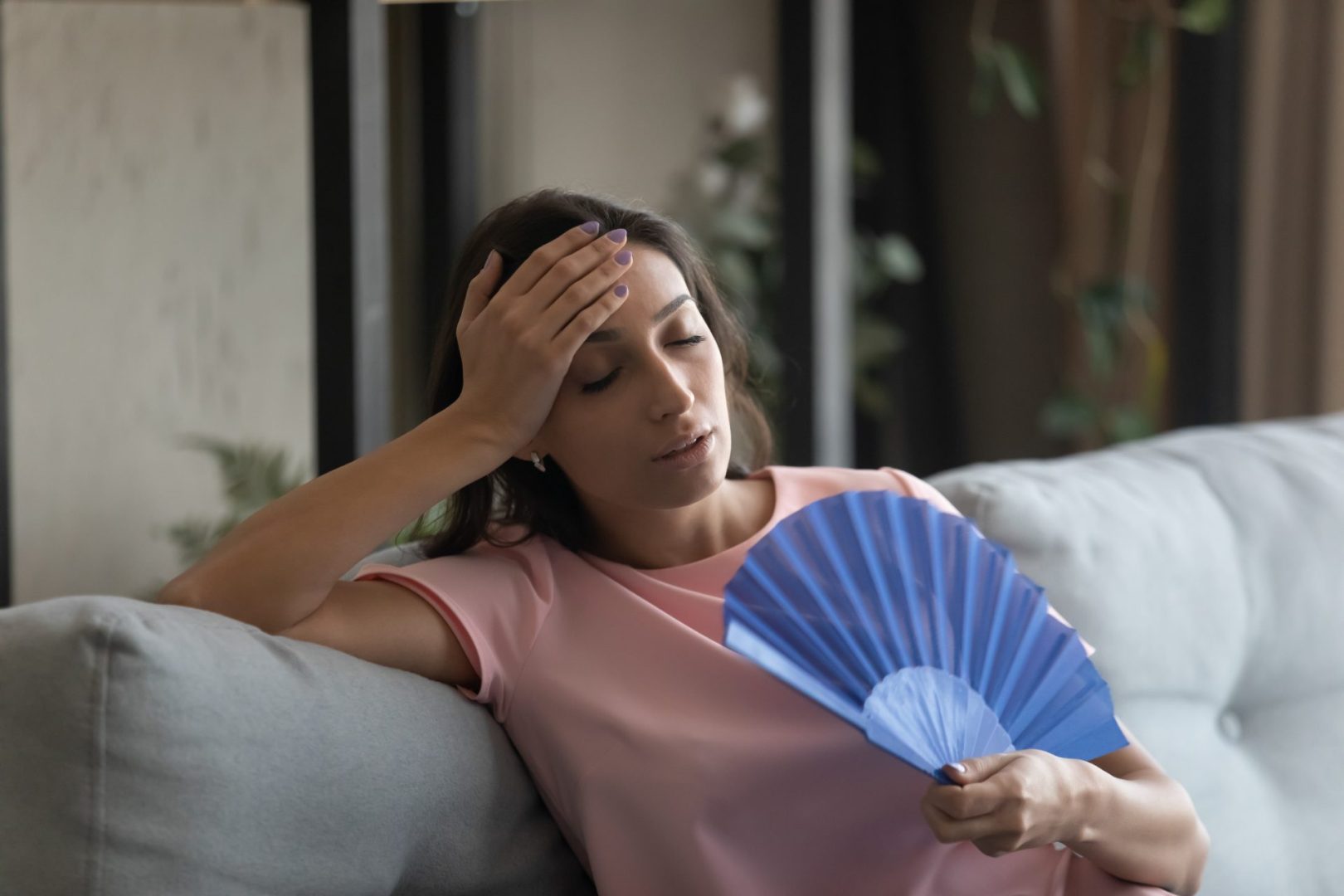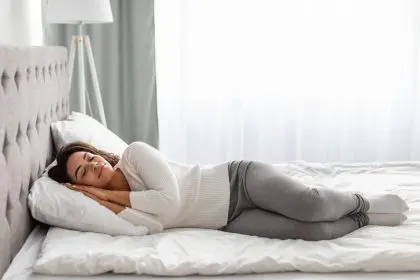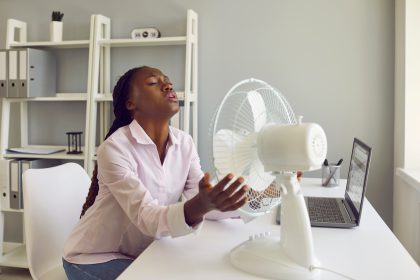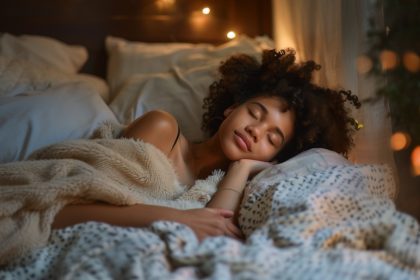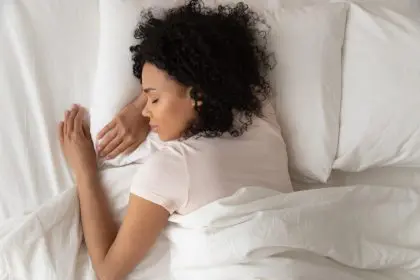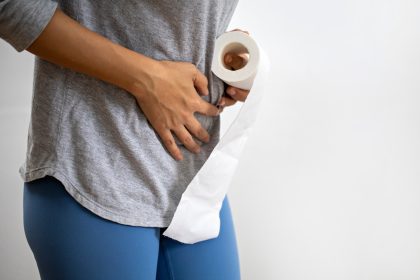Summer nights can transform the most comfortable bedroom into an uncomfortable furnace that disrupts sleep patterns and leaves you feeling exhausted the next day. Rising temperatures create a perfect storm of discomfort that affects millions of people worldwide, leading to restless nights filled with constant movement, excessive sweating, and frustrating wake-ups throughout the night.
The human body naturally drops its core temperature as bedtime approaches, signaling the brain that it’s time to sleep. When ambient temperatures remain elevated, this natural cooling process becomes disrupted, making it significantly more difficult to fall asleep and maintain quality rest throughout the night. Understanding how to combat these temperature-related sleep challenges can make the difference between a miserable night and refreshing sleep.
Sleep quality during hot weather affects more than just comfort levels. Poor sleep due to excessive heat can impact cognitive function, mood regulation, immune system strength, and overall physical health. The ripple effects of heat-disrupted sleep extend into daily activities, affecting work performance, relationships, and general well-being.
Creating an optimal cool environment for sleep
The foundation of good sleep during hot weather begins with transforming your bedroom into a temperature-controlled sanctuary. This involves strategic use of cooling equipment, smart home modifications, and environmental adjustments that work together to create the ideal sleep conditions.
Air conditioning represents the most effective method for maintaining consistent cool temperatures throughout the night. Setting your thermostat between 66 and 68 degrees Fahrenheit creates an environment that supports your body’s natural temperature regulation processes. This temperature range allows your core body temperature to drop naturally while preventing the discomfort associated with excessive heat.
For those without central air conditioning, portable air conditioning units or window units can provide targeted cooling for bedrooms. These units work most effectively when used in conjunction with proper insulation and window treatments that prevent cool air from escaping.
Fan placement and operation require strategic thinking to maximize cooling effectiveness. Positioning fans to create cross-ventilation helps move hot air out while drawing cooler air in. Window fans work particularly well during nighttime hours when outdoor temperatures drop below indoor temperatures.
Blackout curtains serve a dual purpose during hot weather by blocking sunlight during daytime hours and providing insulation against heat transfer through windows. Heavy curtains or thermal-lined window treatments can significantly reduce the amount of heat entering your bedroom during the day, keeping temperatures more manageable by evening.
Body temperature regulation techniques
Personal cooling strategies focus on lowering your core body temperature before bedtime and maintaining comfortable temperature levels throughout the night. These techniques work by enhancing your body’s natural cooling mechanisms and providing external cooling relief.
Cooling bedding materials can dramatically improve sleep comfort during hot weather. Breathable fabrics like bamboo, linen, or moisture-wicking synthetic materials help regulate body temperature by allowing air circulation and preventing heat retention. Cooling mattress toppers infused with gel or phase-change materials actively draw heat away from your body throughout the night.
The freezer technique provides immediate cooling relief that can help you fall asleep faster. Placing pillowcases, sheets, or even pajamas in the freezer for 10-15 minutes before bedtime creates an instantly cool surface that helps lower your body temperature as you settle into bed.
Pre-bedtime showers require careful temperature consideration to maximize cooling benefits. Lukewarm water helps dilate blood vessels near the skin surface, promoting heat dissipation from your core. Avoid very cold showers, which can actually cause your body to generate heat to compensate for the temperature shock.
Cooling towels or damp washcloths placed on pulse points like wrists, neck, and ankles can provide targeted cooling that helps lower overall body temperature. These areas have blood vessels close to the skin surface, making them effective spots for temperature regulation.
Hydration strategies for temperature control
Proper hydration plays a crucial role in your body’s ability to regulate temperature through sweating and circulation. During hot weather, maintaining optimal hydration levels becomes even more important for supporting quality sleep and overall comfort.
Water intake timing affects both sleep quality and temperature regulation. Drinking adequate amounts of water throughout the day helps maintain proper circulation and supports your body’s cooling mechanisms. However, timing your fluid intake is important to avoid frequent bathroom trips that can disrupt sleep.
Electrolyte balance becomes particularly important during hot weather when increased sweating can lead to mineral depletion. Foods rich in potassium, magnesium, and sodium help maintain proper fluid balance and support your body’s temperature regulation processes.
Cooling beverages can provide temporary relief from heat while supporting hydration goals. Room temperature water is often more effective than ice-cold drinks, which can cause your body to generate heat to warm the cold liquid. Herbal teas served at room temperature or slightly cool can provide hydration while offering relaxation benefits.
Strategic timing and activity management
Exercise timing significantly impacts your ability to sleep comfortably during hot weather. Physical activity raises core body temperature for several hours after completion, making it important to finish workouts well before bedtime to allow your body temperature to return to normal levels.
Meal timing and food choices can influence body temperature and sleep quality. Large meals require energy for digestion, which generates internal heat. Lighter dinners consumed earlier in the evening help prevent this heat generation from interfering with sleep onset.
Sleep position and location optimization
Your sleeping position affects how efficiently your body can dissipate heat throughout the night. Sleeping on your back with arms and legs slightly spread allows for maximum air circulation around your body. This position exposes more skin surface area to air movement, enhancing cooling effectiveness.
Pillow arrangement can impact temperature regulation by affecting air circulation around your head and neck. Using fewer pillows or choosing pillows with cooling properties helps prevent heat buildup in these areas where temperature regulation is particularly important.
Floor sleeping or moving to lower levels of your home takes advantage of the natural tendency for heat to rise. Cooler air settles at lower elevations, making basement bedrooms or ground-floor sleeping areas naturally more comfortable during hot weather.
Advanced cooling solutions and technologies
Modern technology offers increasingly sophisticated solutions for hot weather sleep challenges. Cooling mattress pads with active temperature control can maintain consistent surface temperatures throughout the night. These systems often include dual-zone controls for couples with different temperature preferences.
Wearable cooling devices designed for sleep include cooling vests, neck wraps, and even cooling pajamas that incorporate phase-change materials or active cooling elements. These technologies provide personalized temperature control without affecting room temperature.
Smart home integration allows for automated temperature control that adjusts throughout the night based on sleep phases and outdoor temperature changes. These systems can gradually lower temperatures as bedtime approaches and adjust cooling levels based on sleep quality data.
Health considerations and sleep quality impacts
Poor sleep due to hot weather creates cascading health effects that extend far beyond simple discomfort. Chronic sleep disruption from heat can weaken immune function, making you more susceptible to illness during summer months when maintaining good health is already challenging due to heat stress.
Cognitive performance suffers significantly when sleep quality is compromised by excessive heat. Memory consolidation, decision-making abilities, and concentration all decline with poor sleep, affecting work performance and daily activities. The cumulative effect of multiple nights of heat-disrupted sleep can be particularly pronounced.
Mood regulation becomes more difficult when sleep quality is poor. Heat-related sleep disruption can contribute to irritability, anxiety, and depression, creating a cycle where poor sleep leads to emotional distress, which in turn makes it even harder to sleep well.
Long-term strategies for summer sleep success
Developing sustainable cooling strategies helps ensure consistent sleep quality throughout hot weather periods. This involves creating systems and habits that can be maintained over time without requiring constant attention or significant ongoing costs.
Home modifications for better cooling might include installing ceiling fans, improving insulation, or upgrading windows to more energy-efficient models that better regulate indoor temperatures. These investments pay dividends in improved sleep quality and reduced energy costs over time.
Seasonal preparation helps you anticipate and prepare for hot weather challenges before they become problematic. This includes servicing air conditioning systems, purchasing cooling bedding, and establishing routines that support better sleep during temperature extremes.
The investment in quality sleep during hot weather pays dividends in improved health, better mood, enhanced cognitive function, and greater overall life satisfaction. By implementing these evidence-based strategies, you can transform challenging summer nights into opportunities for restorative rest that supports your health and well-being throughout the season.

